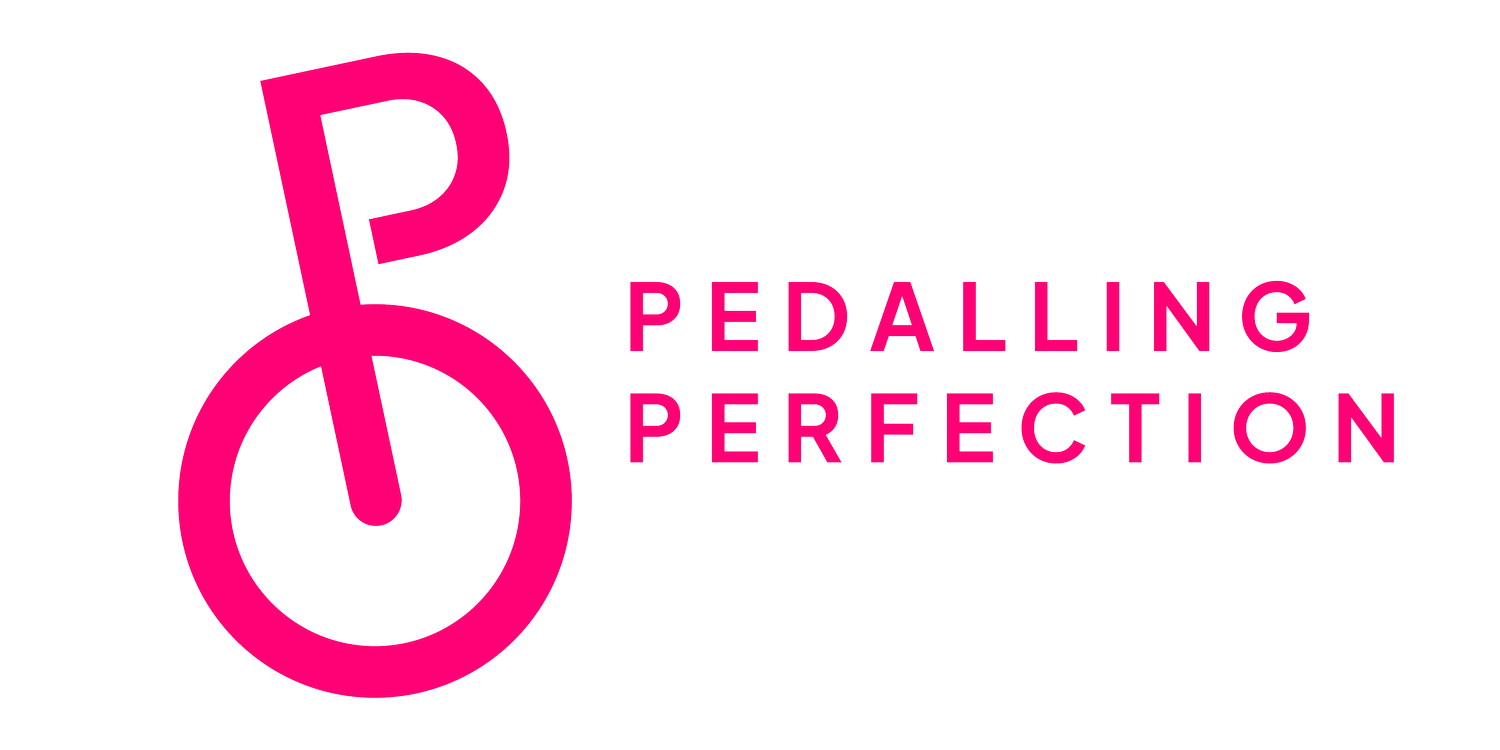Saddle Discomfort and Female Anatomy: Understanding the 'Innie vs. Outie' Classification
Cycling-related perineal discomfort is a common issue among women, often influenced by the interaction between pelvic anatomy and saddle design. An emerging framework used by some researchers classifies external genital morphology as either “innie” or “outie,” based on the relative prominence of the labia and pubic bone. This concept, though informal, provides a useful anatomical lens through which to assess saddle compatibility and cycling ergonomics.
Anatomical Classification: 'Innie' vs. 'Outie'
The terms "innie" and "outie" are not clinical, but they offer a useful shorthand for differentiating external genital structures:
Outie: This refers to individuals with more externally prominent vulvar tissues, often accompanied by a more anteriorly tilted pelvis and/or a more protuberant pubic symphysis. These characteristics can increase soft tissue contact and pressure on the saddle nose and cut-out regions.
Innie: Describes individuals with recessed or less pronounced vulvar tissues. These riders may experience less direct soft tissue pressure but are not immune to discomfort, especially if the saddle does not adequately support the ischial tuberosities (sit bones).
This classification reflects anatomic variation in soft tissue exposure, pubic bone orientation, and perineal contour, all of which affect saddle pressure distribution. There are a million different combinations of anatomy, and no one is “normal”. A great example of this is illustrated here https://www.labialibrary.org.au/
Pelvic Morphology and Its Role in Saddle Fit
Pelvic structure is a key determinant of saddle comfort. Several biomechanical and physiological factors influence how the pelvis interfaces with a saddle:
Pelvic Tilt: An anterior pelvic tilt increases pressure on the pubic bone and soft tissue, whereas a neutral or posterior tilt shifts weight toward the sit bones.
Ischial Tuberosity (Sit Bone) Width: Although perhaps intuitive, it’s not directly correlated with body size or BMI; sit bone spacing varies significantly and must be matched to saddle width. Wider sit bones typically require a broader saddle base.
In our studies, we found no correlation between greater trochanter spacing, body mass, leg length and thigh width with sit bone spacing. Which of course makes things more complicated as some women may have thigh circumferences, leg spacing and sitbone width they battle each other for clearances.
Hormonal Influences: Life stages such as puberty, pregnancy, and menopause can alter pelvic width, joint laxity, and soft tissue resilience due to fluctuations in estrogen and relaxin. These changes may necessitate adjustments in saddle type or position over time.
Saddle Design Considerations
Selecting a saddle that aligns with one’s unique anatomical features can significantly reduce perineal discomfort and prevent chronic issues such as labial irritation, numbness, or pressure-induced tissue damage.
Riders with 'Outie' Morphology: Often benefit from wider, more cushioned saddles with generous cutouts or pressure-relief channels. These features can reduce soft tissue compression and improve blood flow.
Riders with 'Innie' Morphology: May prefer narrower saddles with firm support under the ischial tuberosities. In some cases, excessive saddle cutouts can create unintended pressure ridges rather than relief.
Optimizing Saddle Comfort: Evidence-Based Approaches
Bike Fitting: A detailed fit assessment can identify biomechanical issues such as pelvic rotation, saddle height, and reach, all of which affect perineal loading.
Pelvic Floor and Core Stability: Core engagement and pelvic alignment are interrelated. Exercises that target the transverse abdominis, glutes, and pelvic floor can enhance pelvic control and improve weight distribution on the saddle.
Use of Chamois Creams and Padded Shorts: These reduce friction and improve skin integrity but do not substitute for proper bike fit and saddle choice.
Iterative Testing: Because comfort is highly individual, trialing different saddle types—including various widths, shapes, and relief zones—is often necessary. Manufacturers increasingly offer test programs for this reason.
Conclusion
Understanding how external genital morphology, pelvic biomechanics, and hormonal influences interact can help female cyclists achieve a more personalized and biomechanically sound saddle fit. While terms like “innie” and “outie” are informal, they serve as a practical starting point for discussing anatomy-informed cycling ergonomics. Future research and better design integration will continue to improve comfort and performance for women in cycling.
